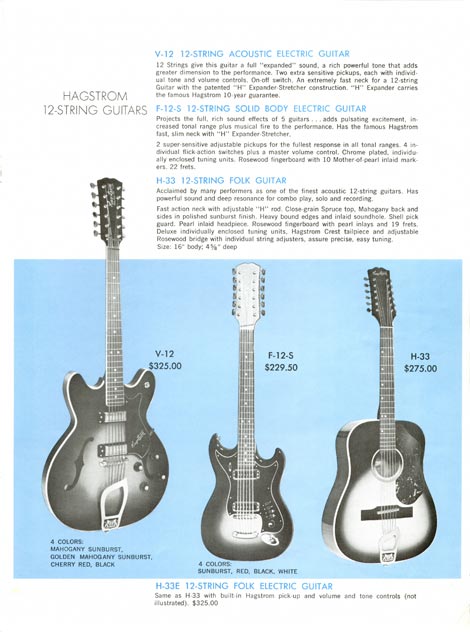


As a result, shredders have always had a generous amount of signature guitars to choose from - but every style and genre has its own signature axe-worthy artists. Many of the signature guitar’s we’ve listed in this guide are essentially standard models that have been tweaked, customised and sometimes more heavily altered to fit a guitarist’s style (see Malcolm Young’s signature Gretsch as an example).Ĭustomisation was the easiest way for the artists of yesteryear to access new tones and playing styles, and especially in the age of the shredder, modifications sometimes went far beyond new pickups, with fretboard scalloping and routing out bodies for locking tremolo systems proving to be popular in the ‘80s and ‘90s. This is especially true where special features distinct to the signature guitar come in, be it Eric Clapton’s noiseless pickups or the wholly custom Brian May Red Special. Ability aside, if you own the same guitar as your idol - or as close as to it - then you’re going to sound as close to them as you realistically can (not forgetting guitar amps, effects and technique, of course).

Now, the most obvious reason you would want a signature guitar is to sound as close to the player you love the most. Having said this, there are a lot worse guitars out there, and as well as being historically important, the 1820 bass can certainly provide the goods when required.(Image credit: Future) Why would I want a signature guitar? Over the course of the 70s, the Japanese output improved dramatically, and in many ways these early 70s models are a low point for the brand. These new Epiphones were based on existing Matsumoku guitars, sharing body shapes, and hardware, but the Epiphone line was somewhat upgraded, with inlaid logos and a 2x2 peghead configuration.

The Matsumoku factory had been producing guitars for export for some time, but the 1820 bass (alongside a number of guitar models and the 5120 electric acoustic bass) were the first Epiphone models to be made there. By the end of the 1960s, a decision had been made to move Epiphone guitar production from the USA (at the Kalamazoo plant where Gibson guitars were made), to Matsumoto in Japan, creating a line of guitars and basses significantly less expensive than the USA-built models (actually less than half the price).


 0 kommentar(er)
0 kommentar(er)
